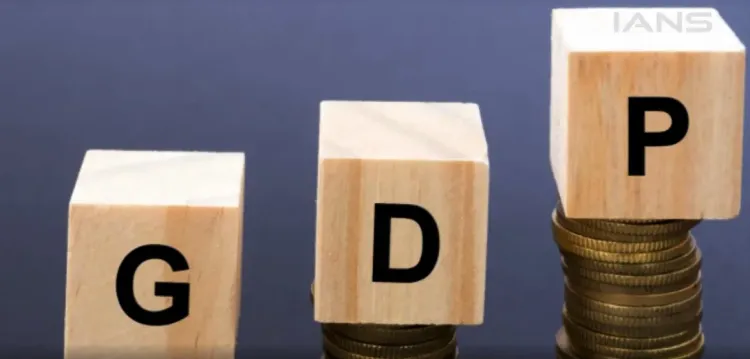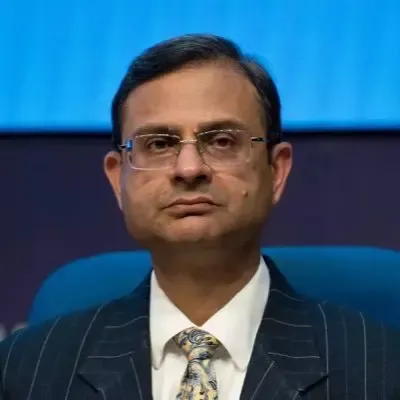Will India’s GDP Grow by 6.5% in 2025 and 6.7% in 2026?

Synopsis
Key Takeaways
- India's GDP is expected to grow by 6.5% in 2025.
- Projected growth for 2026 is 6.7%.
- Inflation is predicted to be 3.8% this year.
- India remains the fastest-growing major economy globally.
- Economic risks include trade tensions and geopolitical issues.
New Delhi, July 23 (NationPress) The Asian Development Bank (ADB) has announced that India's GDP is expected to increase by 6.5 percent in 2025 and 6.7 percent in 2026. This growth is fueled by strong domestic demand, favorable monsoon conditions, and monetary easing strategies implemented in the nation.
Regarding inflation, the forecast indicates 3.8 percent inflation for this year, with a slight rise to 4.0 percent in 2026—remaining well within the Reserve Bank of India (RBI) projections, as stated by ADB.
India's CPI inflation has notably decreased to 2.1 percent in June, marking the lowest rate in 77 months, primarily due to a decline in food inflation.
The outlook for India's real GDP growth is projected to fall between 6.4-6.7 percent for this fiscal year, further affirming the country’s status as the fastest-growing major economy globally, according to the Confederation of Indian Industry (CII).
Meanwhile, the ADB has revised its growth forecasts for developing economies in Asia and the Pacific for both this year and the next, attributing these changes to anticipated declines in exports caused by increasing US tariffs and global trade uncertainties, alongside weakening domestic demand.
The ADB predicts a growth rate of 4.7 percent for the region's economies this year, reflecting a 0.2 percentage point decrease from earlier forecasts. The projection for the following year has also been adjusted downward to 4.6 percent.
Additional risks affecting the region include potential escalation of US tariffs and ongoing trade tensions, alongside geopolitical conflicts that may disrupt global supply chains and raise energy prices. Furthermore, a downturn in the property market in the People’s Republic of China (PRC) could pose additional challenges.
“The Asia and Pacific regions have managed to navigate a challenging external environment this year; however, the economic outlook has diminished amidst growing risks and uncertainties,” remarked ADB Chief Economist Albert Park.
“It is crucial for economies in this region to bolster their fundamentals and advocate for open trade and regional integration to foster investment, employment, and growth,” Park added.
Growth expectations for the PRC, the region's largest economy, remain at 4.7 percent this year and 4.3 percent next year. Economies in Southeast Asia are projected to face the greatest impact from deteriorating trade conditions and uncertainty, with ADB estimating these economies will grow by 4.2 percent this year and 4.3 percent next year, a reduction of about half a percentage point from previous forecasts.









